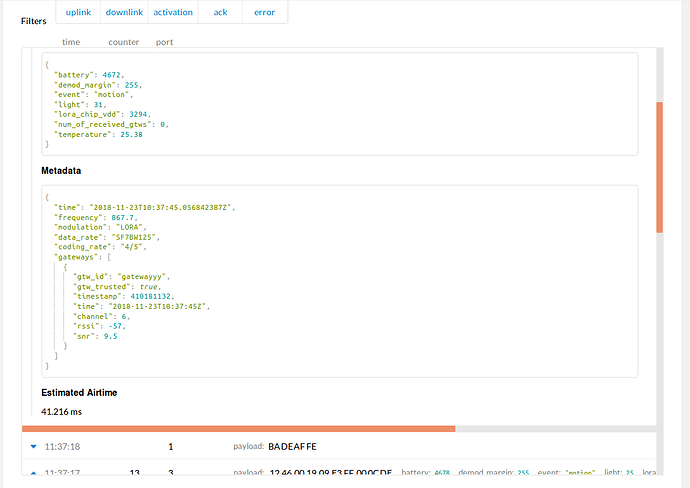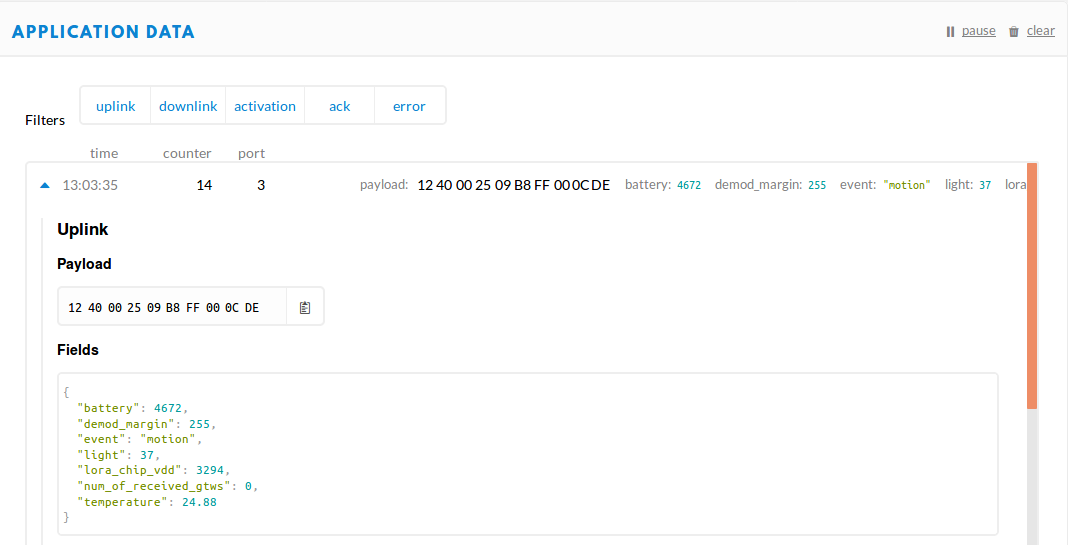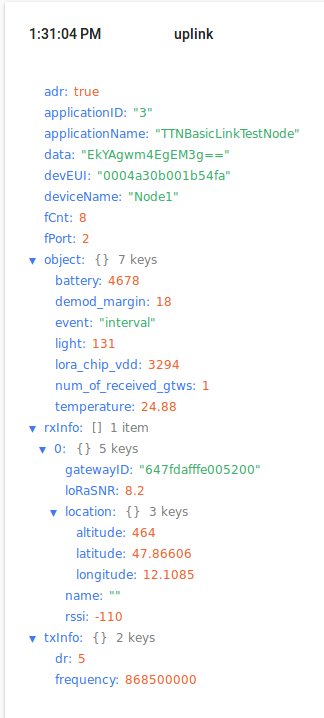This should be supported in V2 too, and should work in the Arduino library since July 2017, given the example log (and its explanation) in the pull request that added the feature.
If you’re really not seeing the request going out, then I’d say it doesn’t even matter which backend you’re using. But why are you expecting an empty payload? The linkCheck command is delegated to the RN2483 module by using mac set linkchk, which is documented as:
When the time interval expires, the next application packet that will be sent to the server will include also a link check MAC command.
So, I feel it will not be sending standalone packets just for the link check. So, are you sure one of the regular uplinks does not include the MAC command?
If you actually do see the MAC command: are you sure you can receive downlinks? (Like: are you using OTAA?) And anything in the gateway’s Traffic page in TTN Console?







